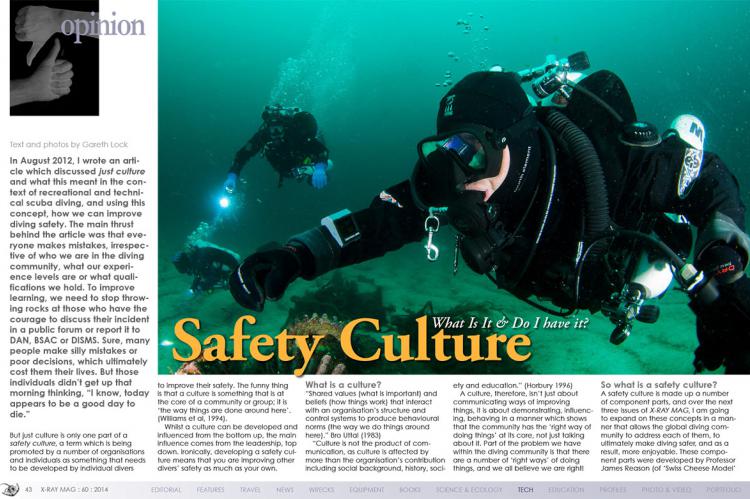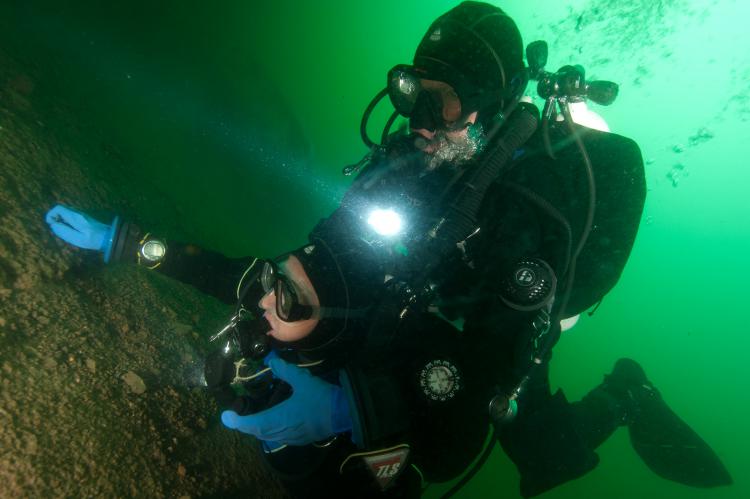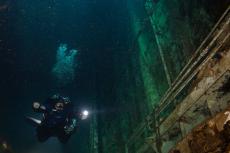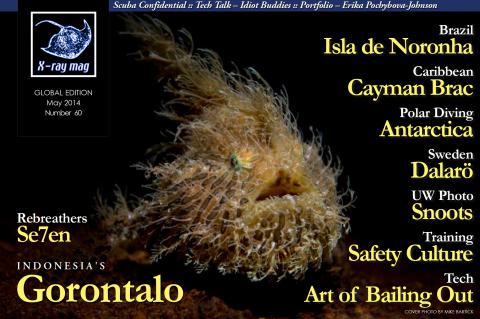Safety Culture: What is it and do I have it?
In August 2012, I wrote an article which discussed just culture and what this meant in the context of recreational and technical scuba diving, and using this concept, how we can improve diving safety.
Tags & Taxonomy
But just culture is only one part of a safety culture, a term which is being promoted by a number of organisations and individuals as something that needs to be developed by individual divers to improve their safety. The funny thing is that a culture is something that is at the core of a community or group; it is ‘the way things are done around here’. (Williams et al, 1994).
Whilst a culture can be developed and influenced from the bottom up, the main influence comes from the leadership, top down. Ironically, developing a safety culture means that you are improving other divers’ safety as much as your own.
What is a culture?
“Shared values (what is important) and beliefs (how things work) that interact with an organisation’s structure and control systems to produce behavioural norms (the way we do things around here).” Bro Uttal (1983)
Culture is not the product of communication, as culture is affected by more than the organisation’s contribution including social background, history, society and education.
(Horbury 1996)
A culture, therefore, isn’t just about communicating ways of improving things, it is about demonstrating, influencing, behaving in a manner which shows that the community has the ‘right way of doing things’ at its core, not just talking about it. Part of the problem we have within the diving community is that there are a number of ‘right ways’ of doing things, and we all believe we are right!
So what is a safety culture?
A safety culture is made up a number of component parts, and over the next three issues of X-RAY MAG, I am going to expand on these concepts in a manner that allows the global diving community to address each of them, to ultimately make diving safer, and as a result, more enjoyable. These component parts were developed by Professor James Reason (of ‘Swiss Cheese Model’ fame) when examining High Reliability Organisations (HRO), such as civil aviation and air traffic management. Whilst these are heavily regulated environments and many would argue we don’t need that in scuba diving, the premises are the same, culture is culture, how we do things around here.
As an aside, I would violently agree that we don’t need any more regulation. Whilst they provide a framework, I believe they also introduce a reduction in personal responsibility for our own actions. An area that can be developed further is that of risk perception and acceptance, but more of that in another article looking at the psychology of incidents and safety.
All divers should take personal responsibility for their actions, and not rely on someone else; you do your checks, you get in the water, you dive, you check your gas, you end the dive ascending as per your decompression plan, all with your buddy or team mate if that was the plan.
All the agencies provide guidelines for best practice, and provide standards for their instructors to follow, but unfortunately there is evidence to show that group behaviour tends towards more risky behaviour if there isn’t a strong positive influence or culture; this is known as risky shift.
I am sure you have been on a trip where, at the start of the week, all the checks are done correctly. But as time ticks on, the checks get more lax, minimum gas limits are extended, and by the end of the week, it is almost ‘grab the cylinder and get in the water, it will be okay’.
Therefore, if we can improve group behaviour towards a safer outcome, then safety will be improved. Furthermore, when positive peer pressure is introduced, safety can be improved by challenging poor decision making such that we feel wronged when we don’t conform—e.g. buddy checks are not the norm on some commercial dive operations and we feel odd doing them when no-one else is, yet we shouldn’t feel this way.
(...)
Download the full article ⬇︎

Originally published
X-Ray Mag #60
Indonesia's Gorontalo; Cayman Brac; Antarctica; Brazil's Fernando de Noronha; New Dalarö wreck park in the works in Sweden; Reviewing Poseidon's SE7EN rebreather; The art of bailing out; Idiot buddies; Safety culture; Scuba Confidential; Sensational snoots; Overview of photo editing software; Seacam Academy; Florida's artificial reefs; Erika Pochybova-Johnson portfolio; Plus news and discoveries, equipment and training news, books and media, underwater photo and video equipment, shark tales, whale tales and much more...




